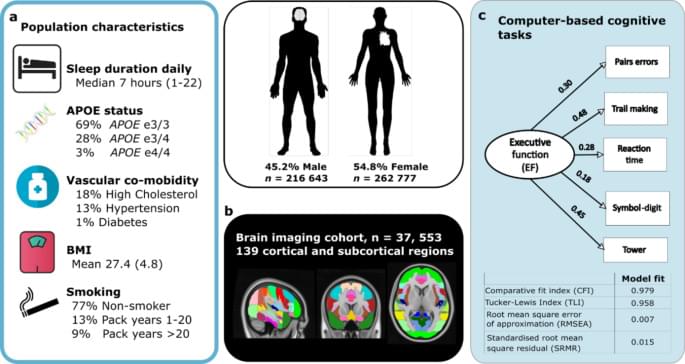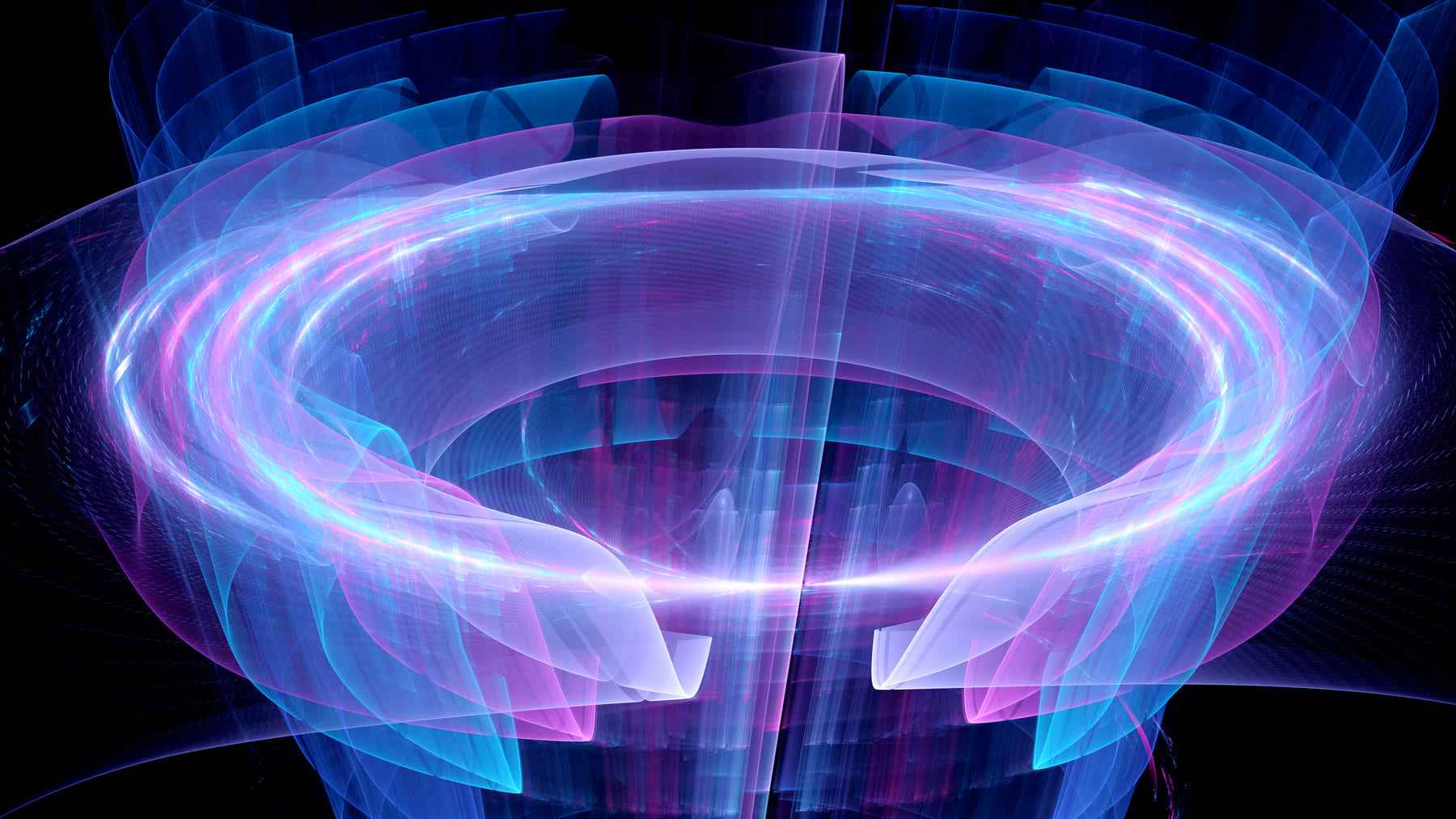Oligonucleotide therapies — engineered strands of DNA or RNA — are transforming modern medicine. These cutting-edge treatments bring a new level of precision in combating disease by targeting specific genes to be silenced, activated or edited. “Nucleotide therapeutics allow us to design predictable outcomes by modifying sequences to address almost any condition,” says Peter Guterstam, product manager at biotechnology company Cytiva.
Due to an influx of research in recent years, many nucleotide-based drug candidates, including genetic therapies and vaccines for cancer and viral infections, are now in advanced clinical trial stages. “The development timeline is much quicker than we are used to,” notes Guterstam.
Significant challenges arise during development of RNA and DNA based therapies. From mRNA vaccines to gene editing, scientists are refining delivery methods, optimizing synthesis, and tackling scaling hurdles.








